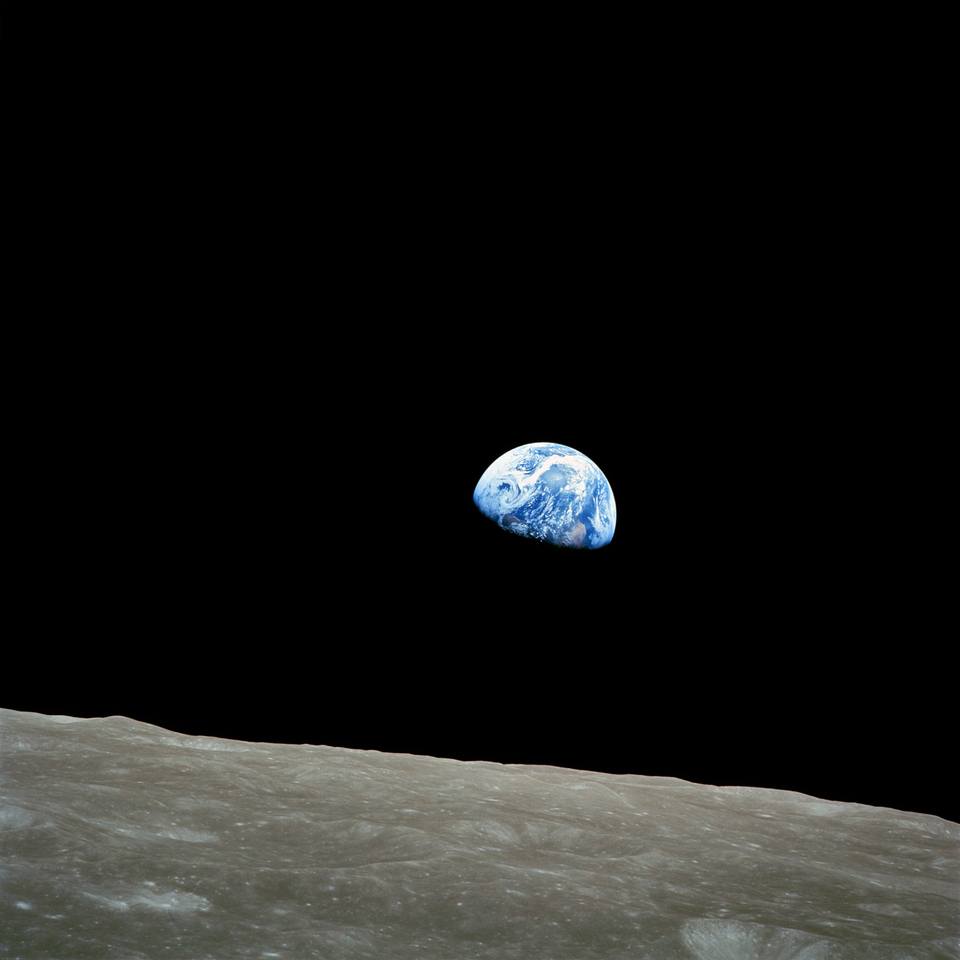FFF stands for fused filament fabrication, which is one of the material extrusion-based additive manufacturing or 3D printing techniques. It is also commonly known as fused deposition modeling (FDM®)
As we put in the publication abstract
This article presents a preliminary discussion on the possibility of performing fused filament fabrication (FFF) on the Moon from the perspective of heat transfer in printed parts.
The current title is indeed a bit inappropriate in the sense that it is too broad. So far, there has been no 3D printing activity performed on the Moon yet. The above quotation could have become a more appropriate title. But this publication was born after a presentation at the 32nd Annual International Solid Freeform Fabrication Symposium (SFF 2021). Initially, we took a short title for the presentation to catch the attention of readers among hundreds of parallel sessions. The title was inherited in the conference paper. The submission was luckily selected as one of the best papers and later recommended by the conference committee to the journal JOM for publication. This is the birth of this publication. You may watch the presentation through the following platforms
- Youtube: https://www.youtube.com/watch?v=ZOn2GL63aj0
- Bilibili: https://www.bilibili.com/video/BV1Q34y1173p/
But, why investigate the possibility of FFF on the Moon?
In future Moon or Mars explorations, humankind will lack the materials and machinery to manufacture various parts to maintain the operation of those remote off-Earth bases. Additive manufacturing (AM) techniques have the capability to rapidly produce complex and customized parts, typically in low volume and with reduced material usage. Besides, the thermoplastic material to be used in FFF can be recycled. These attributes make AM indispensable in off-Earth manufacturing activities.
What will be the challenges?
- Gravity
- Vacuum
- Ambient temperature
- ...
In short: gravity will not be an issue. The ultra-high vacuum will bring real challenges. How so? Check the paper for the argument.
Story behind
I developed an interest in Space exploration at the age of 12. On 2003 October 15, China launched her first human spaceflight mission Shenzhou 5. I was watching the broadcasting home in front of a Panda brand black-white TV. I cannot remember if it was live streaming or replay. During the TV program, I talked to my mom, saying that I wanted to become someone like him (astronaut Yang Liwei) when I grew up. Later on, I followed almost every launch of the Shenzhou series missions. I also get excited at various space missions worldwide, particularly SpaceX's landing of reusable rockets. I am not from the first generation when humanity was on the Moon, but I assume that my generation will be.
Eventually, I did not end up an astronaut due to many reasons (possibly because I would feel motion-sick on a rocket). Recently, when my mom talked to my parents-in-law about my growth, she mentioned the story of my astronaut dream and felt proud of me. I did not realise that a simple sentence 19 years ago could have made a mother feel so proud of her son. Though I've completely forgotten what I had said back then, I did remember the first Chinese in space and the space dream in my mind thereafter.
During the modelling of the heat transfers in FFF, I need to think about the uncertainty of every parameter in the model. Then one day, I began to wonder: what if the convection coefficient becomes 0? That question marks the beginning of this paper.
I dedicate this poster to my beloved parents. I wish them good health and happiness. 我谨以此故事献给我挚爱的父母,祝他们健康快乐、心想事成。And best wishes for the Shenzhou 14 spaceflight mission today.
Poster image info: Earthrise, taken on from Lunar orbit on 24 December 1968, by Apollo 8 astronaut William Anders. Attribution: Bill Anders, Public domain, via Wikimedia Commons








Please sign in or register for FREE
If you are a registered user on Research Communities by Springer Nature, please sign in